What does it take to elbow your way to the top in the e-tailing wars?
Price? Brilliant customer experience? Viral stickiness?
The answer depends on your category.
For apparel, it takes touch, feel, style and fit. And how do you communicate that online? You do it by establishing yourself offline first.
I Want My L.L. Bean
The winners are emerging in the competition among Internet apparel e-tailers. First-to-the-Net may be important if you’re selling books, toys or a 1964 Beatles lunch box. After all, a Barbie is a Barbie is a Barbie.
However, when it comes to jeans, you either want your L.L. Bean or you want your Gap. And it doesn’t matter if they’re late to the game.
Let’s review the two fundamental rules of online apparel sales:
Direct marketing companies fare better online than store-based retailers because e-commerce is essentially a direct marketing medium.
Established online clothing brands fare better than dot-coms because consumers want to know what the clothing feels like. When we look at Forrester Research’s PowerRankings for the apparel category, we find the top two e-tailers are Land’s End and L.L. Bean.
Bingo. Two direct marketing companies with established brands.
“Both companies scored well with online consumers, reflecting the brand equity they have built through their offline operations,” explained James L. McQuivey, a senior analyst at Forrester.
Filling out the balance of the PowerRankings apparel category were Bluefly.com, Gap.com, J.Crew.com, macys.com and Spiegel.com.
Bluefly was the highest ranked dot-com among apparel companies, a fact that Forrester attributed to features such as a gift finder, a personalized catalog, low prices and free delivery. The balance of the companies benefited from high consumer recognition.
Bricks-and-Clicks Have The Advantage
“In the apparel industry, bricks-and-clicks have a distinct advantage over the dot-coms because brand recognition figures heavily in the apparel category,” Blaine Mathieu, senior analyst for research firm Dataquest told the E-Commerce Times. “When you buy a book, it’s just a book, so it doesn’t matter who you buy it from. But with clothing, consumers want Gap or Nordstrom.”
An element as simple as clothing sizes can become an issue with apparel consumers. “Every brand has its own sizes. Consumers get familiar with brand sizes. If you know that 32″ by 32″ Gap pants fit, you’ll be very comfortable buying from the Gap site,” added Mathieu. “Plus, consumers know the touch and feel of the apparel at the brand companies.”
Of course, it helps a great deal if your gift recipient can take the silly clothes you purchased back to a real-world mall and exchange them for clothes that show a lot more taste. “There’s no question that having a real store for exchange is a great advantage for click-and-bricks such as the Gap or Nordstrom,” said Mathieu.
Apparel Is Own Animal
The 800-pound gorilla concept (the first brand established becomes the giant) worked well with Amazon.com, eBay and priceline.com.
But it doesn’t work at all with apparel.
After all, if you love Land’s End sweaters, it doesn’t matter that Bluefly.com offers free delivery.

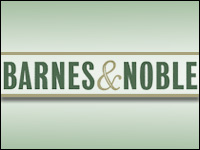


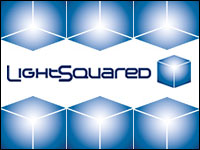

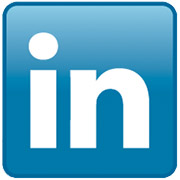
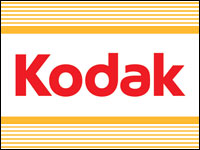

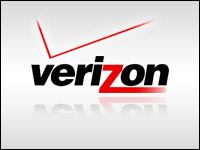

































Social Media
See all Social Media